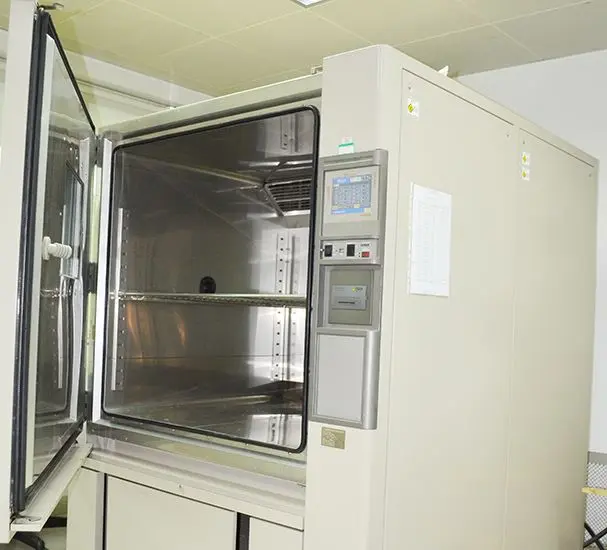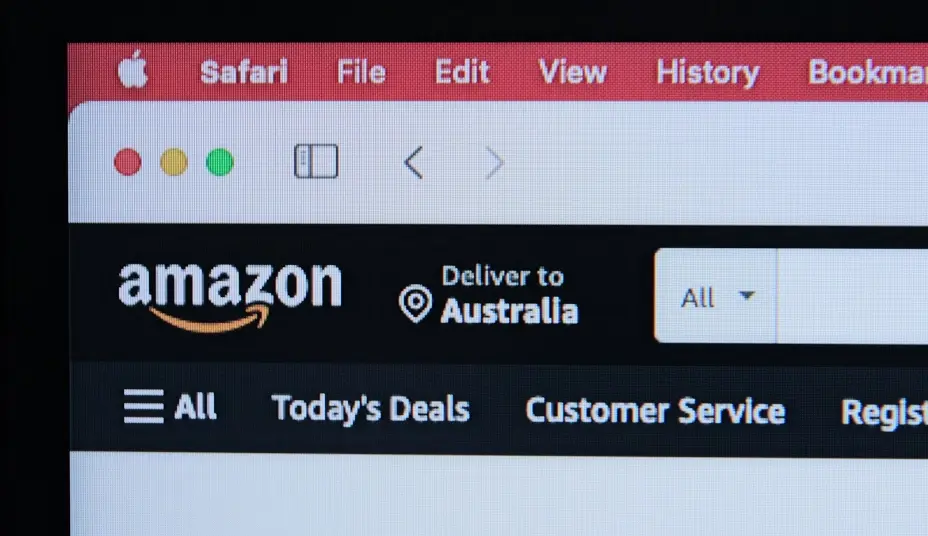
FCC Part 15 Subpart B
The widespread adoption of wireless technologies has made "license-free networking" the norm. From wireless MICe to smart home sensors, this freedom relies on the FCC’s management of unlicensed spectrum. The core regULation is fcc part 15 Subpart B, which defines the boundary between “freedom” and “interference” for low-power wireless devices.

Positioning of Part 15 and Subpart B: The “Constitution” of Unlicensed Spectrum
FCC Part 15is the core regulation governing electromagnetic compatibility (EMC), covering devices that are unlicensed but may emit radiation. It is divided into three subparts:
- Subpart A:General requirements (testing methods, labeling rules)
- Subpart B:Intentional radiators (devices that actively emit RF, such as wireless microphones and cordless phones)
- Subpart C:Unintentional radiators (devices that may emit unintentionally, such as switching power supplies)
Subpart B regulates devices that actively transmit signals. While no license is requiRED, devices must strictly comply with technical limits to avoid interfering with licensed services (e.g., aviation navigation, broadcasting) or other compliant devices. The core principle: “Freedom of use” is conditional on “not causing disruption.”
Scope of Subpart B: Which Devices Must Comply?
Subpart B covers low-power wireless transmitting devices, typically including:
- Wireless audio:microphones, conference transmitters, hearing aid accessories
- Short-range communication:Bluetooth Class 2, ZigBee, DECT cordless phones
- Industrial/consumer electronics:wireless sensors, non-infrared remote controls, RFID
- Some medical monitoring devices:with additional FDA compliance
Note:Wi-Fi (802.11) uses higher power and licensed bands, so it falls under Part 15 Subpart E. Bluetooth (2.4GHz ISM) is low-power (≤100mW) and falls under Subpart B.
Core Technical Requirements: Hard Limits on “Non-Interference”
Subpart B is designed to minimize interference, with key technical requirements including:
3.1 Frequency and Channels
Devices must operate in FCC unlicensed bands(e.g., 2.4GHz ISM, 900MHz ISM, 470–608MHz video, 5.8GHz wireless audio) and avoid licensed bands such as aviation navigation (108–137MHz) and VHF/UHF broadcasting.
3.2 Power and Bandwidth
Power is the primary cause of interference. Subpart B sets limits on Equivalent Isotropically Radiated Power (EIRP)depending on frequency, for example:
- 2.4GHz Bluetooth: ≤100mW (+20dBm)
- 900MHz wireless microphones: 0.1–100mW (depending on channel spacing)
- 470–608MHz video: ≤1mW (0dBm)
Bandwidth should be narrow (e.g., Bluetooth GFSK ~1MHz) to avoid occupying wide spectrum.
3.3 Spurious Emission Control
Spurious emissions outside the main transmitter must be attenuated below -57dBm/MHz(stricter in some bands), and emissions from 9kHz up to twice the operating frequency must remain within limits.
3.4 Anti-Interference Capability (ACS)
Devices must resist interference from adjacent channels. For example, a wireless microphone must maintain audio quality even if adjacent 25kHz channels produce -5dBm interference.
Compliance Process
For manufacturers, compliance is a mandatory requirementto enter the U.S. market. The process includes:
4.1 Pre-Compliance Assessment
During R&D, tools like spectrum analyzers measure power, spurious emissions, etc., to identify potential issues early and reduce later rework.
4.2 Formal Testing and Certification
Testing is performed by FCC-recognized laboratories(e.g., JJR), producing a Test Reportcovering:
- Emission power, frequency stability
- Spurious emissions (out-of-band, harmonics, intermodulation)
- Anti-interference (ACS, blocking characteristics)
- Labeling and manuals (fcc id, warnings)
After passing, the device is registered in the FCC database, receives a unique FCC ID, and must display it on the product and packaging.
4.3 Market Supervision and Ongoing Compliance
Design changes (e.g., chip replacement, antenna adjustment) require retesting and FCC ID updates. If interference complaints arise, the FCC may inspect; non-compliant devices can be recalled or banned.
FCC Part 15 Subpart BIS not a constraint on innovation but a safe runway for low-power wireless devices. By clearly defining technical boundaries, it ensures efficient spectrum use and provides a framework for innovation. For manufacturers, compliance is not just a market entry gate but a responsibility for user experience and industry ecosystem—a wireless world without interference requires every “transmitter” to operate responsibly.
Email:hello@jjrlab.com
Write your message here and send it to us
 What are ASTM F963 and CPSIA?
What are ASTM F963 and CPSIA?
 Comparison of ASTM F963 and EN 71
Comparison of ASTM F963 and EN 71
 How to get CSA C22.2 NO.256:14 Test Report?
How to get CSA C22.2 NO.256:14 Test Report?
 How much is the ISTA Amazon Packaging & Shippi
How much is the ISTA Amazon Packaging & Shippi
 Amazon Product Laboratory Testing Requirements
Amazon Product Laboratory Testing Requirements
 How to Get EPA Certificatio
How to Get EPA Certificatio
 What is EPA Certification in the United States?
What is EPA Certification in the United States?
 What is an FCC Registered Agent?
What is an FCC Registered Agent?
Leave us a message
24-hour online customer service at any time to respond, so that you worry!




